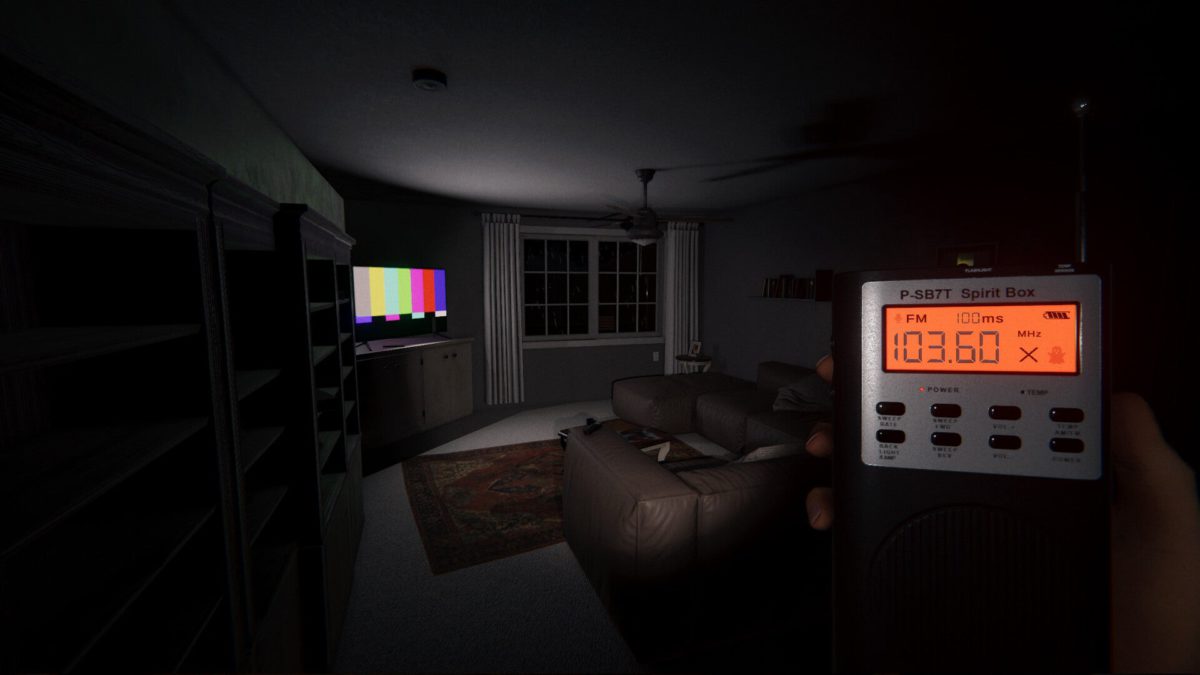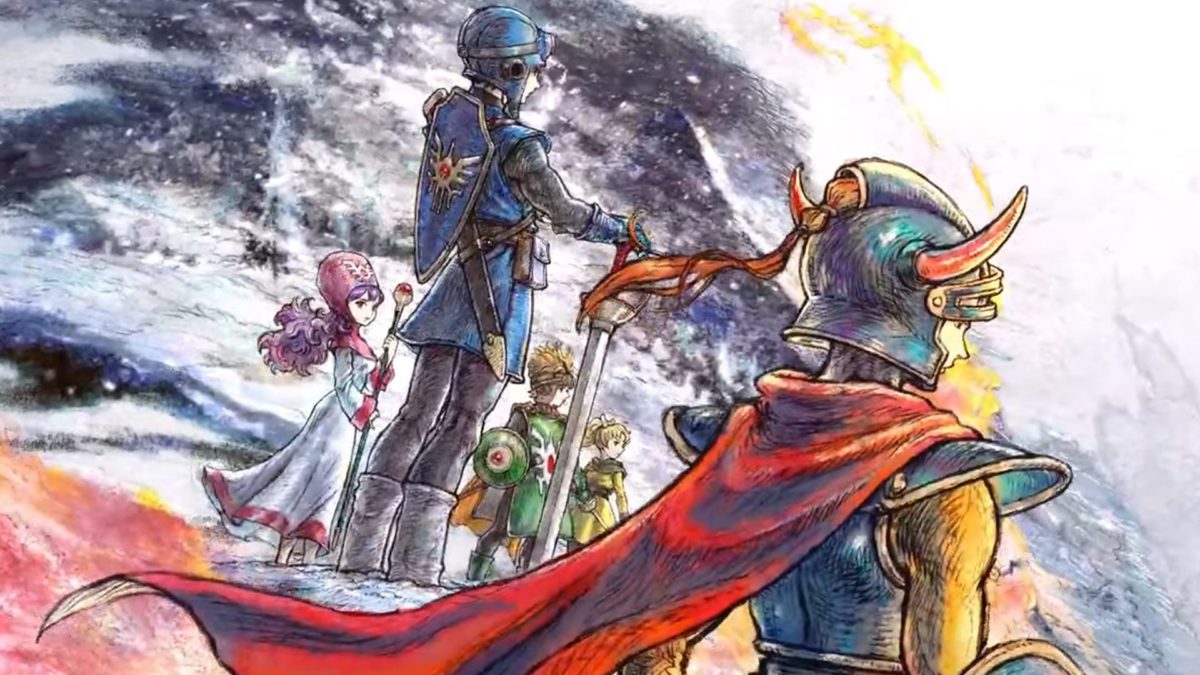
Larian publishing director Michael Douse has explained the studio’s thinking in the wake of the gruesome reveal trailer for Divinity, the Baldur’s Gate 3 studio’s next big role-playing game.
Divinity was announced at The Game Awards with a CG trailer that features extreme gore and sex. It begins with medieval fantasy villagers preparing for a ritual sacrifice, which involves burning a man alive. The villagers celebrate the occasion by playing music and dancing, laughing and chatting, feasting and drinking. At one point, someone throws up into animal feed. A mother and child look on with anticipation.
The burning of the man begins, and here things get very gory indeed. As his flesh tears and he screams in pain, some of the villagers are seen having sex. Others whip themselves. There’s more vomiting. Everyone seems thrilled, but as the burning man dies, something goes horribly wrong.
Disgusting wounds appear on the man. As his arm rips off we get a quick cut to an extreme closeup of someone eating meat. More sex. More vomiting. More pigs eating the vomit. And then the burning man explodes in a shower of gore. Something terrible is pouring out of his body. This, clearly, is not what was supposed to happen, and the villagers flee in terror. In the aftermath we see the statue Geoff Keighley has teased ahead of The Game Awards itself. It has not gone well for the villagers, but the pigs look like they’re still having a good time mopping up.
It’s fair to say the trailer has sparked a great deal of debate. While some have praised the studio for not holding back when it comes to its dark themes (something Baldur’s Gate 3 won plaudits for), others have said the trailer goes too far. Indeed some have accused Larian of “pushing the morale line” with the trailer, labeling it “gore porn.”
Now, Douse has explained what Larian was going for here. In a tweet response to illustrator and YouTuber Kala Elizabeth, who had praised the studio for refusing to “hold back or sanitize stories to make them more palatable,” Douse said the Divinity trailer wasn’t about shocking the audience, rather “treating the audience with a level of intellectual respect.”
“The phrase ‘treating the audience with a level of intellectual respect’ came up a lot in planning,” he said. “It isn’t about trying to shock them, it’s about trying to match their powers of comprehension so that it resonates. We know people are capable of appreciating a three dimensional world.”
This appears to have gone down well with Larian’s fans. “I love this,” Elizabeth replied. “As someone who plays durge, evil and renegade options I’m sad that more games don’t seem to push that nuance and trust the audience anymore. Can’t wait to see what y’all do next.”
There’s still a great deal we don’t know about Divinity, of course, but fans think they’ve worked out who the burning man in the trailer is supposed to be. Larian has said Divinity is its next “major” game after Baldur’s Gate 3, and it is set in the world of Rivellon. Here’s the tagline: “the gods are silent. Rivellon bleeds. New powers stir.”
“Built by the team who brought you Baldur’s Gate 3, Larian Studios unchains its ambitions to bring you an RPG with greater breadth and depth than ever before,” reads the official blurb.
While Divinity is a brand new game that doesn’t require experience with previous Larian titles, those who’ve played Divinity: Original Sin and Divinity: Original Sin 2 will be able to enjoy “greater understanding and continuity,” Larian added.
Swen Vincke, founder and game director of Larian Studios, said: “Despite our long history with the series, this is our first game entitled Divinity. We’re ready to bring everything we’ve done previously into one place. This marks the beginning of something with more breadth, depth, and intimacy than anything we’ve created before. We’ve been building toward this moment ever since we took our fate into our own hands. This is the Divinity we’ve always wanted to make and you’re going to have loads of fun with it.”
Be sure to check out everything announced at The Game Awards 2025 for more, as well as the winners list in full. And if you’re wondering what all this Divinity business is about, check out our handy explainer here.
Wesley is Director, News at IGN. Find him on Twitter at @wyp100. You can reach Wesley at wesley_yinpoole@ign.com or confidentially at wyp100@proton.me.









